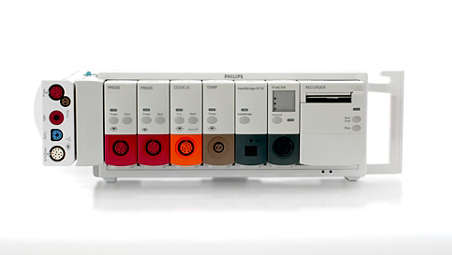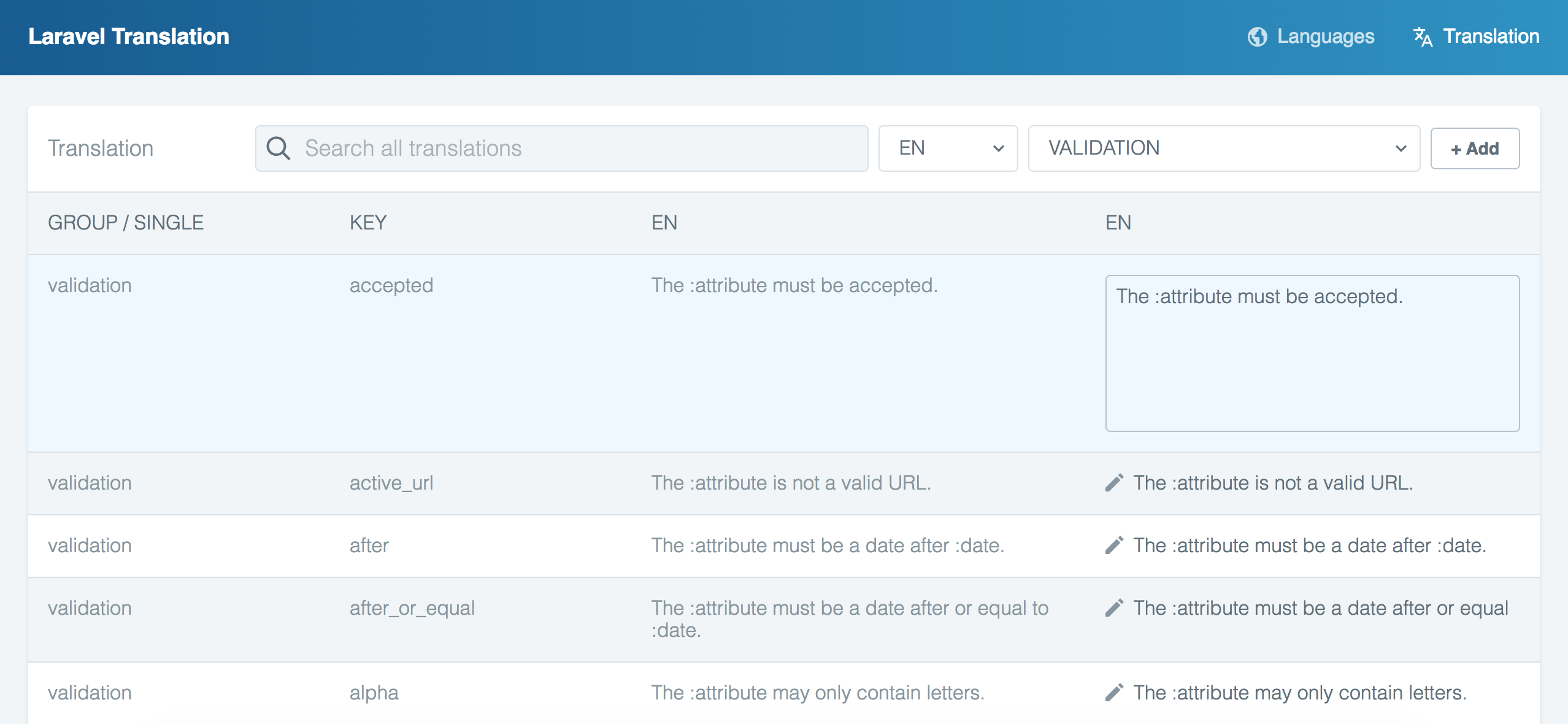To use the MATLAB Instrument Control Toolbox with a DT8837, you need to install the DT8837 IVI-COM driver provided by Data Translation. The DT8837 IVI-COM driver is used with the MATLAB driver (DT8837DT8837.mdd). Example programs are provided to illustrate how to use MATLAB with the IVI-COM driver. For an overview of DT8837 Instrument Module. As a result of new security measures being implemented on some systems running Windows 10 64-bit Enterprise edition, users may encounter that Windows is unable to load Data Translation device drivers, after connecting the USB data acquisition device to th e system.


| More Downloads |
| Microsoft .NET Framework 4.0 Microsoft .NET Framework 4.0 is required to run the latest release of QuickDAQ on your system. |
| Software Downloads |
| OEM Installation Paper This paper describes the OEM installation utility, that lets you install all Data Translation data acquisition drivers and support files silently and quickly. Release Notes DataAcq Omni SoftwareBase Installation (.exe 281 MB) Driver installation and libraries for Win32 and .NET (32-bit and 64-bit), incl. ActiveX component, manuals, calibration utility, QuickDAQ, and programming examples. Based on DT Omni Software V7.8.9 . OEM Installation (158 MB)Note that you must first install Microsoft .NET Framework 4.0 before performing this installation. Silent installation of drivers and libraries for Win32 and .NET (32-bit and 64-bit), without entry in the windows start menu. DT Data Acquisition Omni Software (486 MB)Based on DT Omni Software V7.8.9 This .zip file contains all the files from the DT Omni Software V7.8.9 For the latest device drivers please download the installation files. |
Applies to:
Character data, such as ANSI character variables declared with SQL_C_CHAR or data stored in SQL Server using the char, varchar, or text data types, can represent only a limited number of characters. Character data stored using one byte per character can only represent 256 characters. The values stored in SQL_C_CHAR variables are interpreted using the ANSI code page (ACP) of the client computer. The values stored using char, varchar, or text data types on the server are evaluated using the ACP of the server.
If both the server and the client have the same ACP, then they have no problems in interpreting the values stored in SQL_C_CHAR, char, varchar, or text objects. If the server and client have different ACPs, then SQL_C_CHAR data from the client may be interpreted as a different character on the server if it is used in char, varchar, or text columns, variables, or parameters. For example, a character byte containing the value 0xA5 is interpreted as the character Ñ on a computer using code page 437 and is interpreted as the yen sign (¥) on a computer running code page 1252.
Unicode data is stored using two bytes per character. All extended characters are covered by the Unicode specification, so all Unicode characters are interpreted the same by all computers.
The AutoTranslate feature of the SQL Server Native Client ODBC driver attempts to minimize the problems in moving character data between a client and a server that have different code pages. AutoTranslate can be set in the connect string of SQLDriverConnect, in the configuration string of SQLConfigDataSource, or when configuring data sources for the SQL Server Native Client ODBC driver using ODBC Administrator.
When AutoTranslate is set to 'no', no conversions are done on data moved between SQL_C_CHAR variables on the client and char, varchar, or text columns, variables, or parameters in a SQL Server database. The bit patterns may be interpreted differently on the client and server computers if the data contains extended characters and the two computers have different code pages. The data will be interpreted the same if both computers have the same code page.
When AutoTranslate is set to 'yes', the SQL Server Native Client ODBC driver uses Unicode to convert data moved between SQL_C_CHAR variables on the client and char, varchar, or text columns, variables, or parameters in a SQL Server database:
When data is sent from an SQL_C_CHAR variable on the client to a char, varchar, or text column, variable, or parameter in an SQL Server database, the ODBC driver first converts from SQL_C_CHAR to Unicode using the ACP of the client, then from Unicode back to character using the ACP of the server.
When data is sent from a char, varchar, or text column, variable, or parameter in a SQL Server database to a SQL_C_CHAR variable on the client, the SQL Server Native Client ODBC driver first converts from character to Unicode using the ACP of the server, then from Unicode back to SQL_C_CHAR using the ACP of the client.
Because all of these conversions are done by the SQL Server Native Client ODBC driver executing on the client, the server ACP must be one of the code pages installed on the client computer.

Making the character conversions through Unicode ensures the proper conversion of all characters that exist in both code pages. If a character exists in one code page but not another, however, then the character cannot be represented in the target code page. For example, code page 1252 has the registered trademark symbol (®), while code page 437 does not.
Data Translation Company
The AutoTranslate setting has no effect on these conversions:
Moving data between character SQL_C_CHAR client variables and Unicode nchar, nvarchar, or ntext columns, variables, or parameters in SQL Server databases.
Moving data between Unicode SQL_C_WCHAR client variables and character char, varchar, or text columns, variables, or parameters in SQL Server databases.
Data always must be converted when moved from character to Unicode.
See Also
Drivers Data Translation Services
Processing Results (ODBC)
Collation and Unicode Support

Comments are closed.